For the progress of advanced technology and basic science, it is indispensable to improve the performance of functional materi-als, and also to create materials with new functions. The aims of our researches are 1) to develop new Earth-conscious technol-ogies for the formation of high-quality functional thin films, 2) to create new functional materials, the surface, interface and bulk properties of which are controlled at atomic level, and 3) to fabri-cate highly-functional thin films and to apply them to actual elec-tronic devices. At present, by using atmospheric-pressure, very high-frequency (VHF) plasma, we focus on developing high-rate, low-temperature and ecoclean film growth technologies and also on studying their applications to the production of solar cells, thin film transistors, thin film sensors, and new functional devices.
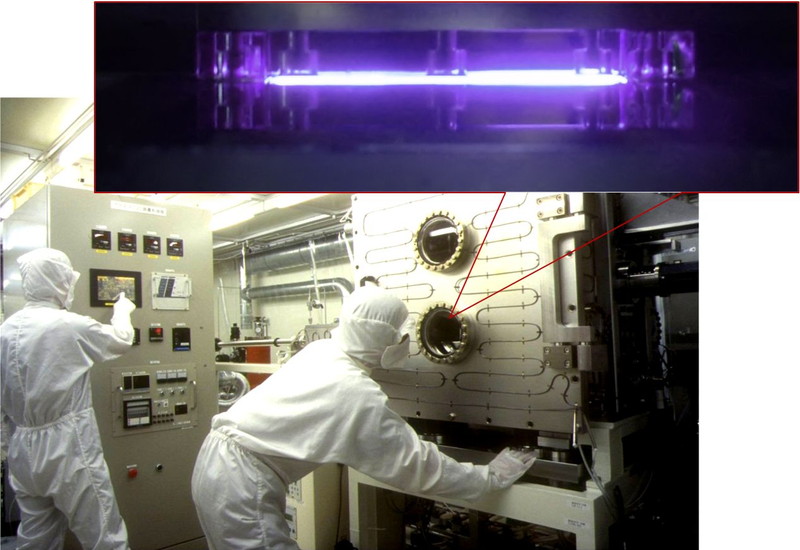
In order to realize manufacturing technology with extreme precision, it is essential to understand the interactions between solid-liquid and solid-gas interfaces at the atomic and molecular level and to control them based on science. Our laboratory conducts research on ultra-precise surface measurement using microscopes that can visualize atomic arrangements, spectroscopic analysis that is sensitive to a few atomic layers on the surface, and high-precision simulations based on quantum mechanics. We also aim at creating high-performance semiconductor nanomaterials by novel etching phenomena and developing new surface processes. Through these efforts, we would like to contribute to the dramatic sophistication of production technology and the realization of a clean and comfortable energy-using society.
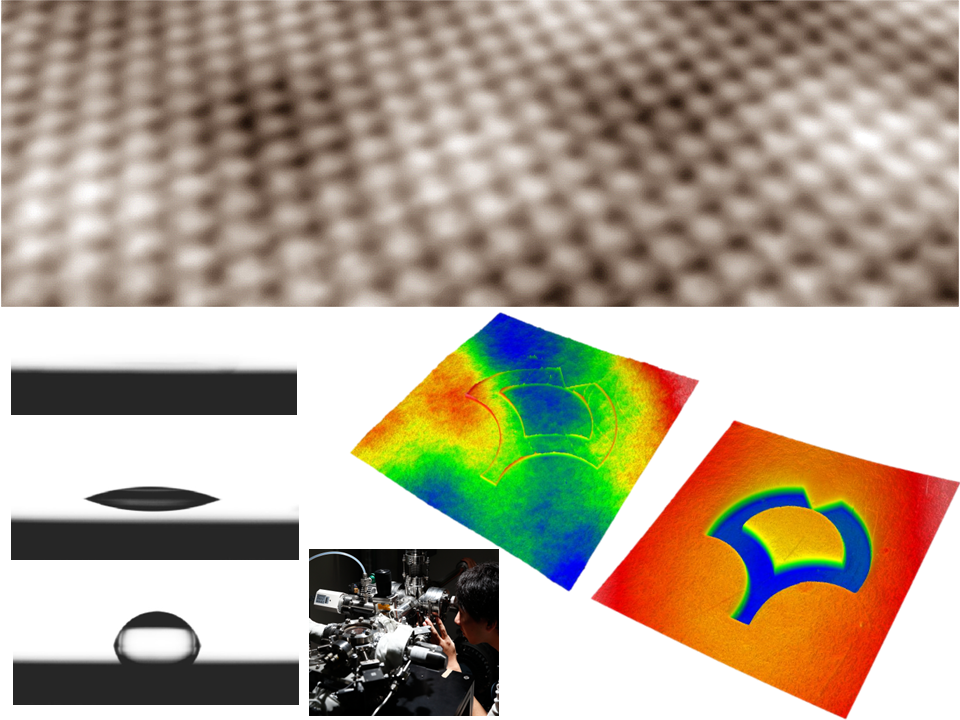
Using our original optical-acoustical measurement systems, we study mechanical behavior of nanomaterials and kinetics of biomolecules, and develop instruments for diagnosis and drug discovery. One important keyword is “resonance”. At resonance, information on mechanical and electromagnetical properties are highly enhanced, allowing high-sensitive measurements in material-biological science. We control sound via light and vice versa to investigate thermodynamic properties in nanofilms, nanowires, and nanodots, and binding and aggregation reactions among various biomolecules. We also study application of our original phonon-photon measurements for biosensors and diagnosis for neurodegenerative diseases, including Alzheimer’s disease.
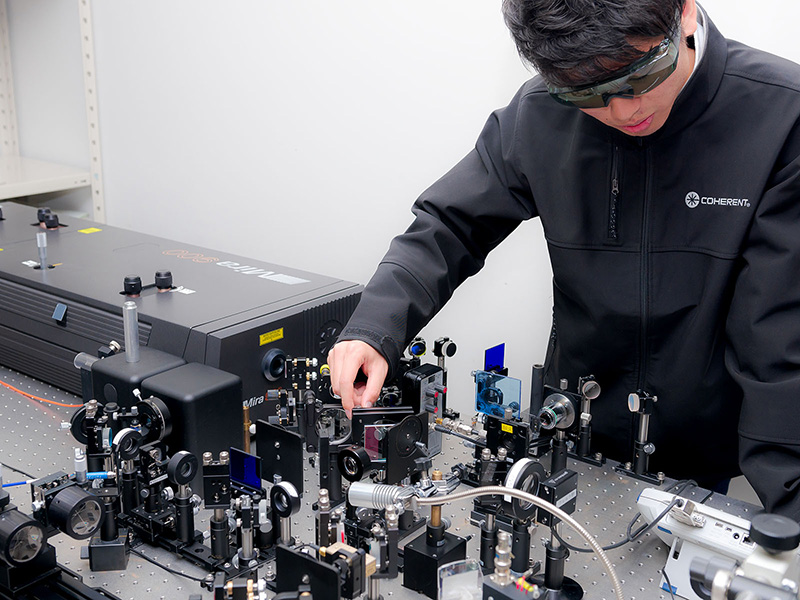
It has become possible to actually view, touch, and move atoms and molecules in the nanometer world, thanks to advances in science and technology. Today we can assemble atoms and molecules to construct synthetic nanometric structures, which do not exist in nature. In such a microscopic world, we expect to discover various special physical phenomena, states of electrons, electron transport properties, and quantum effects, which are currently unknown. Our laboratory is developing new equipment to precisely measure minute physical and chemical quantities of atoms and molecules. Based on the knowledge gained through these measurements, we are developing novel devices that work on new concepts, thereby contributing to the ultimate “product realization” using atoms and molecules. We consider the synthetic creation of novel nano-materials an important innovation frontier for the future of an advanced information society.
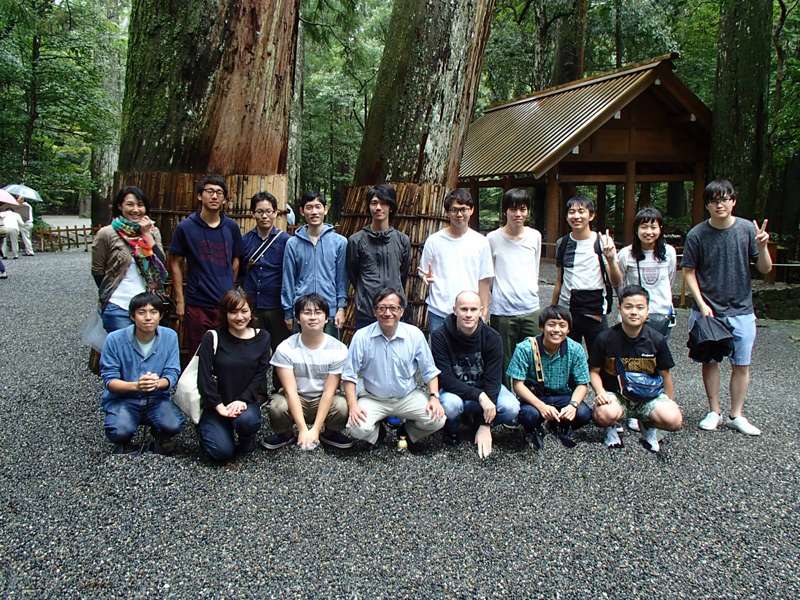
Science makes great progress when turning the invisible into the visible. The “atomic-scale surface creation” we have studied is the core technologies that contribute to the progress. By utilizing active molecules in plasma and active nanoparticles in a solution, our laboratory has succeeded in creating the ideal shape with an accuracy of 0.5 nanometers and making the surface the most smooth in the world. We have established technologies to fabricate X-ray mirrors and semiconductor substrate surfaces at the atomic level. X-ray mirrors, which are installed into X-ray microscopes that can observe nanostructures and cells, and X-ray space telescopes that advance astronomy, have enabled us to explore new frontiers of science.
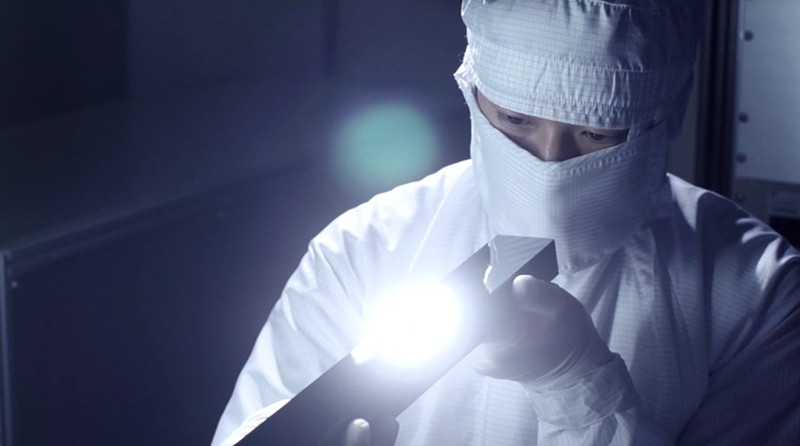
To develop highly functionalized materials for various applications such as electronic devices, solar cells, highly efficient fuel cells, organic devices, and so on,it is important to clarify behaviors of electrons and atoms in materals in detail. However, it is often difficult to elucidate such microscopic phenomena experimentally. To this end, we employ first-principles computer simulations and observe electrons and atoms in atomic scale and predict properties of new materials. We develop computer simulation programs based on “Quantum Mechanics” and by using those programs on super computers, we investigate physical and chemical properties of materials and clarify the origins for those properties. Based on these investigations, we propose important factors to desing new efficient materials and contribute to fields related to industry, energy and enviroment which are important in fugure of our society.
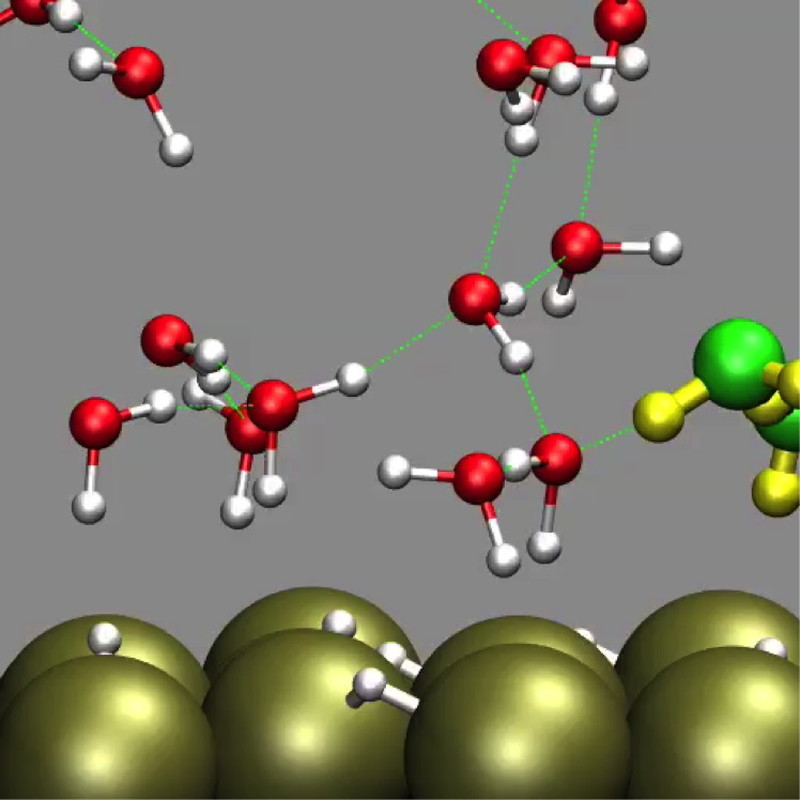
Humanity is confronted with many global-scale issues that include depletion of fossil energy and other natural resources, food shortage and population explosion, climate change and natural disaster, and urban development and poverty. Technology has the potential for significant impact to overcome these challenges and build a sustainable society. In response to the hopes, dreams, and wishes that people find through family, friends, and community, we believe that science and technology should be developed to enable humanity to responsibly coexist and thrive with nature in environmental harmony. To realize a sustainable and prosperous future, we aim to facilitate technological innovation by designing new materials, combining dissimilar materials, and introducing new structures with wide-range of capabilities contributing to next-generation of green nanoelectronics.
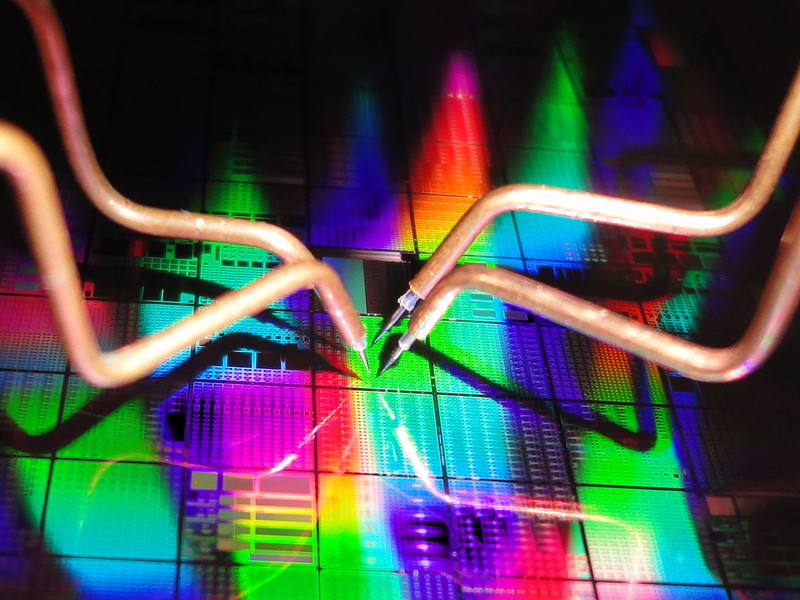
Top